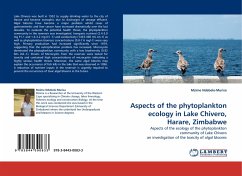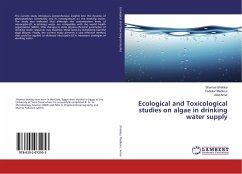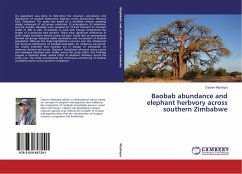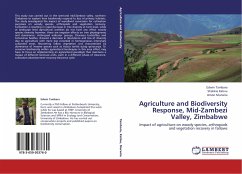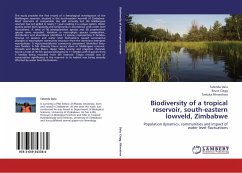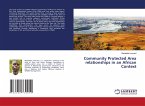Lake Chivero was built in 1952 to supply drinking water to the city of Harare and became eutrophic due to discharges of sewage effluent. Algal blooms have become a major problem whilst cases of gastroenteritis and liver cancer have increased dramatically over the last decades. To evaluate the potential health threat, the phytoplankton community in the reservoir was investigated. Inorganic nutrient (2.4-3.0 mg P l-1 and 1.4-3.2 mg N l -1) and conductivity (1433-368 mS cm-1) as well as phytoplankton biomass concentrations (0.8-7.6 mgl-1) were very high. Primary production had increased significantly since 1979, suggesting that the eutrophication problem has increased. Microcystis dominated the phytoplankton community with a low biodiversity (0.92 bits ind.-1). Strains of Microcystis from the reservoir were tested for toxicity and contained high concentrations of microcystin indicating a highly serious health threat. Moreover, the same algal blooms may explain the occurrence of fishkills in the lake that was observed in 1996. A reduction of nutrient inputs in the reservoir is urgently required to prevent the occurrence of toxic algal blooms in the future.
Bitte wählen Sie Ihr Anliegen aus.
Rechnungen
Retourenschein anfordern
Bestellstatus
Storno

